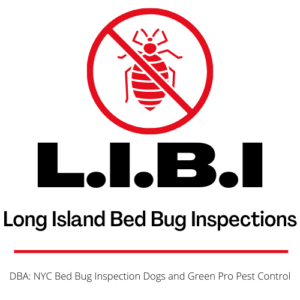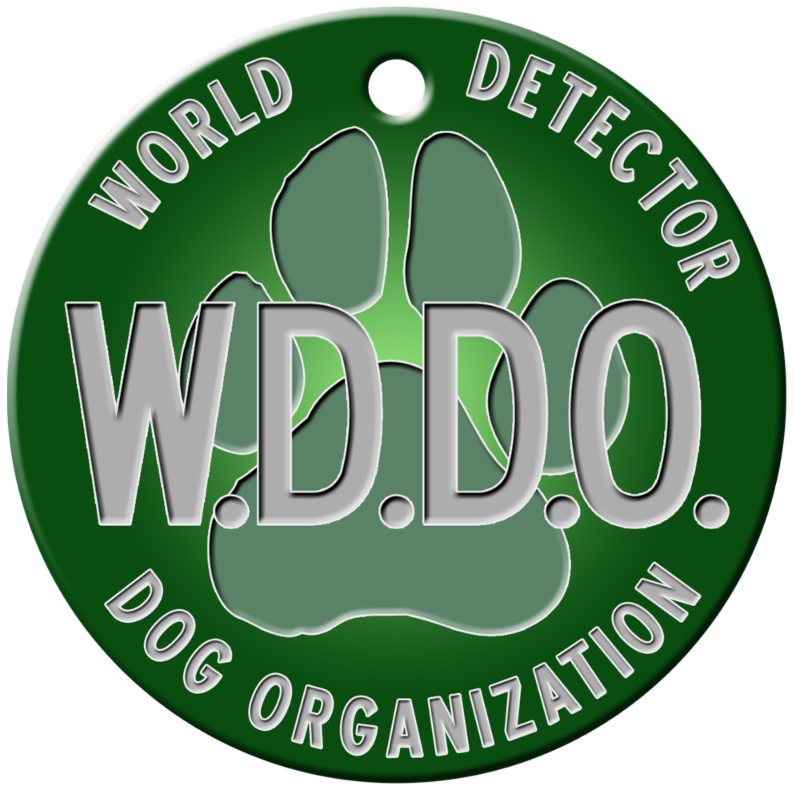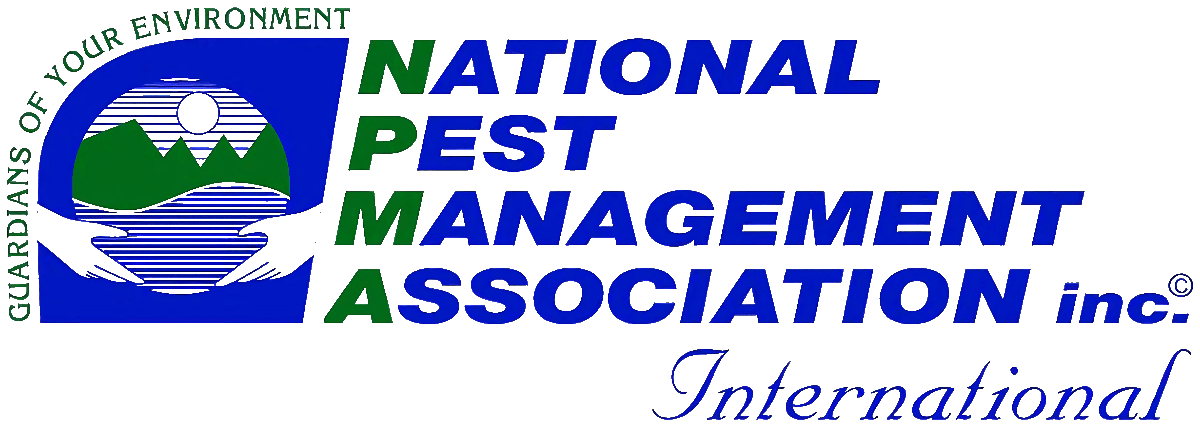You shouldn’t wait until you start noticing itchy red welts on your skin before you start thinking about inspecting your home for bed bugs. Maybe you’ve recently stayed at a hotel or resort only to find out later that there was a bed bug problem at that location. Perhaps you spent a weekend at a friend’s and they’ve just called to let you know they’ve found bed bugs in their spare room.
Whatever the impetus it never hurts to self-inspect you home for bed bugs. Catching an infestation early, before it spreads, makes eliminating these blood suckers much easier. In the long run it’ll save you time, money, and a good deal of stress.
So let’s talk about what you need to know to perform a self-inspection of your house or apartment.
First, Know What You’re Looking For
Before you can perform an effective self-inspection you need to familiarize yourself with the tell-tale signs of bed bug activity. The following list includes the most common, and easily spotted, evidence of bed bugs.
-
Adult Bed Bugs – Fully grown bed bugs are small, reddish-brown insects with flat round or ovular bodies. They’re typically about the size of an apple seed.
-
Nymphs – Bed bug nymphs are young specimens usually measuring 1 to 6 millimeters in length. They are typically yellowish-white in color, taking on the natural reddish-brown color as they develop. As nymphs grow they shed their exoskeletons. These casings are also a definitive sign of bed bug activity.
-
Eggs – Bed bug eggs are oval, white, and about 1 millimeter in length. They look like small grains of rice.
-
Fecal Marks – Bed bug droppings take the form of small, dark brown spots. They are similar to ink dots or smears.
-
Bloodstains – Red or rust colored stains on sheets and clothing are sometimes left by bed bugs after they feed.
Now, Gather Some Tools
Now that you have a better idea of what you’ll be looking for it’s time to talk about what tools you’ll need to perform the inspection. Don’t worry, for the most part these are common items you have around the house.
-
Flashlight – You’ll need this to look under beds, along crevices, and any remote darkened areas.
-
Card – Any thin card will do. A playing card or credit card works fine. You’ll need this to run along seams and cracks to extract hidden bed bugs.
-
Clear Tape – You’ll need some clear tape to collect any specimens you find. This will help your exterminator to confirm the presence of bed bugs and determine treatment options.
-
Hairdryer – This is optional, but a handheld hairdryer can be a big help in your inspection. Use the hairdryer to direct hot air along the seams of your mattress. This will force any bed bugs out of hiding.
-
Vacuum Cleaner – Again, this is optional. But if you find a cluster of bed bugs it’ll be handy to have a vacuum ready. However, remember to quickly and safely dispose of anything bed bugs you vacuum up.
Next, Start Your Inspection
Before you start scouring your home for signs of bed bugs we should take a moment to talk about these pests’ most likely hiding places. Knowing where to look will help to make your inspection much more productive.
By day bed bugs tend to hide out in darkened locations. Most often in the folds of fabrics, in the seams of mattresses, in cracks and crevices, and along baseboards. So let’s look at 7 of the more common bed bug hiding places.
-
Pillows and Bed Sheets – Look for tell-tale fecal and/or blood stains.
-
Mattresses – Remove bed sheets and inspect the seams, tags, and underside of your mattress for blood stains, fecal stains, eggs, and shed exoskeletons.
-
Bed Frames – Remove mattresses and box-springs and check joins and crevices in bed frames for signs of bed bugs.
-
Dressers and Nightstands – Inspect dressers, nightstands, and other furnishings giving special attention to corners, screw holes, joins and cracks.
-
Couches and Easy Chairs – Upholstered furniture is a likely hiding sport for bed bugs. Check under cushions and along seams for signs of bed bug activity.
-
Area Rugs – Pull up and area rugs or floor coverings and check below for bed bug activity.
-
Baseboards – Pull furnishings away from the walls and check along baseboards and in any cracks or crevices for signs of bed bugs.
Finally, Follow Through on Your Inspection
After you’ve completed your do-it-yourself home inspection it’s time to take stock of what you’ve learned. If you find evidence of bed bug activity you should contact a professional bed bug inspection and removal service as soon as possible. Bed bugs reproduce at an alarming rate and the sooner you take action the better.
If you fail to find any signs of bed bugs in your home you should remain attentive to the situation. It’s always wise to perform periodic inspections and, if necessary, bring in a professional bed bug inspectors to ensure your home is free from pests.
Published by Scott Palatnik
If you believe you’ve brought bed bugs into your home or office, give us a call, we can help!
Now with 2 locations. On Long Island @ 516-619-6149, or in NYC @ 212-299-9186
We are Long Island Bedbug Inspections.
Your Bedbug Inspection, and Elimination solution.


